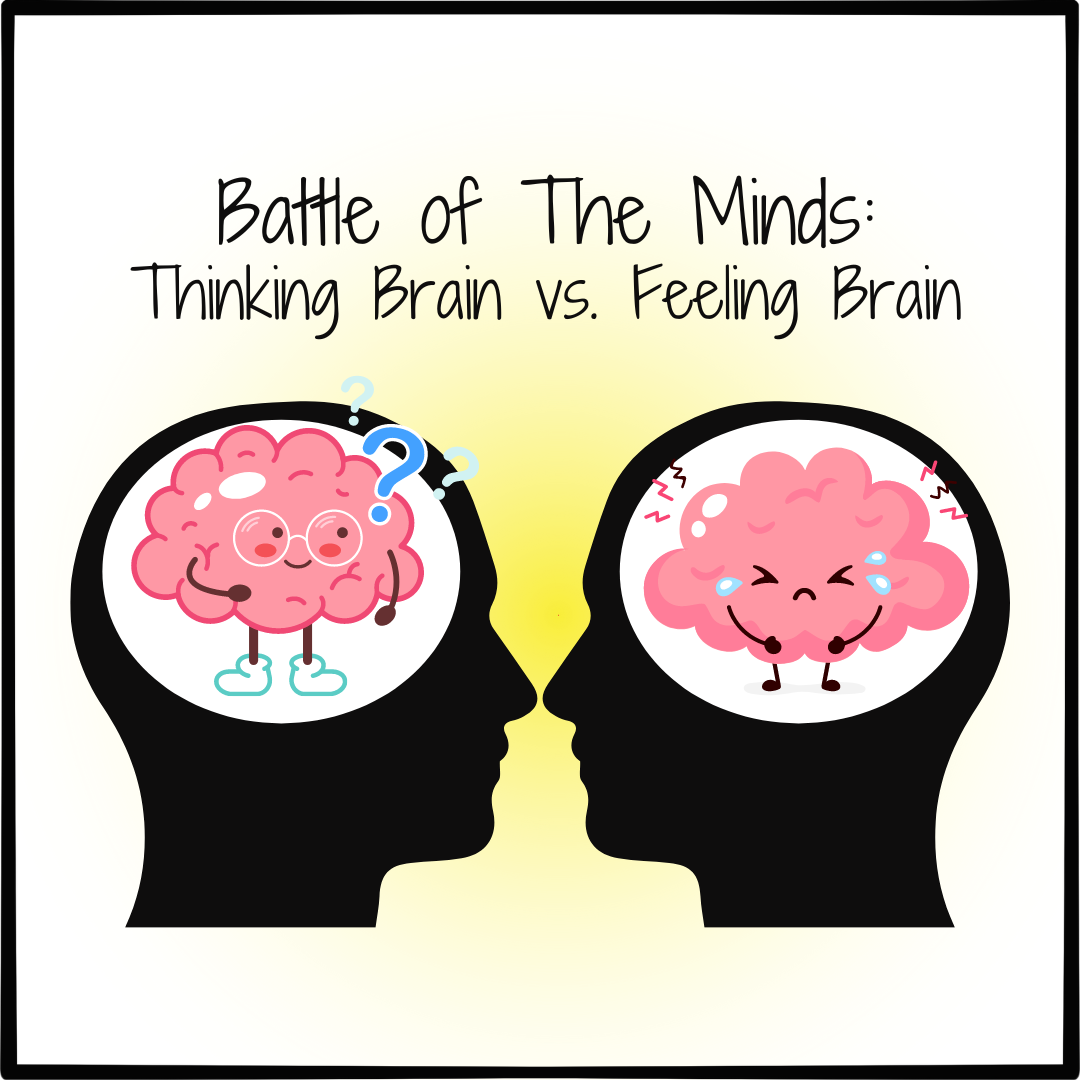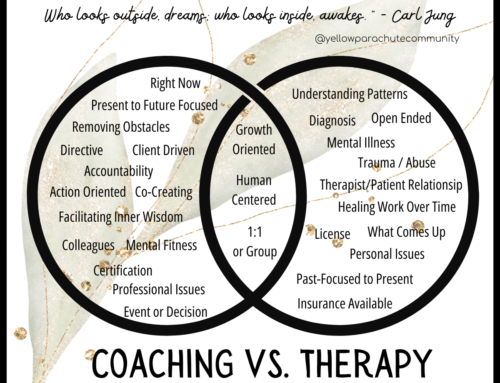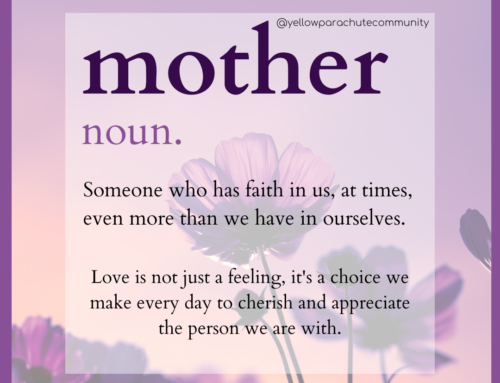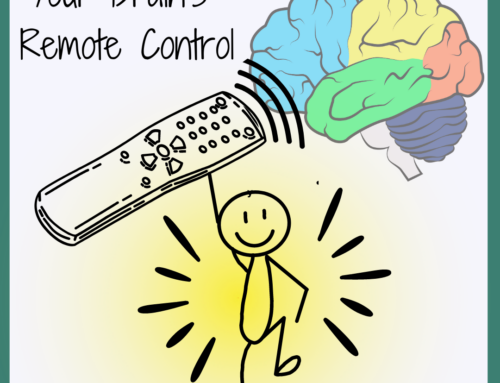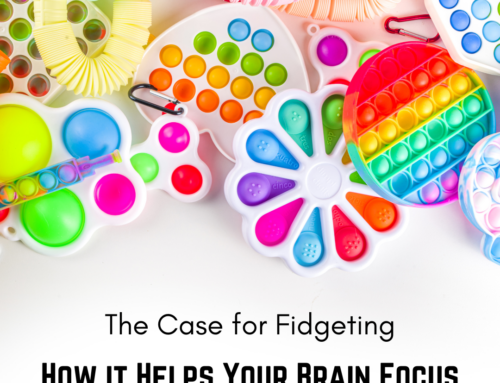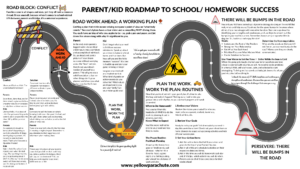In the intricate landscape of a teenager’s mind, two distinct entities resided – Thinking Brain and Feeling Brain. Thinking Brain was the embodiment of calmness, coolness, and rationality, always analyzing situations with logic and reason. In contrast, Feeling Brain was a charismatic force, easily swayed by emotions and prone to extremes.
One ordinary day, an unwitting parent innocently checked in about some overdue homework assignments. Feeling Brain, already teetering on the edge of emotional turbulence, felt utterly insulted by the reminder and erupted into a whirlwind of anger and hurt.
In that moment, a flood of pent-up frustrations surged within Feeling Brain, amplifying the sense of injustice and triggering a cascade of negative emotions. The weight of perceived insensitivity, misunderstanding, and erroneous assumptions piled up, forming a barrier of resentment between Feeling Brain and the unsuspecting parent.
Desperate to regain a sense of control and alleviate the mounting discomfort, Feeling Brain sought solace in the familiar refuge of music, hoping to drown out the tumultuous thoughts racing through its circuits. “Maybe if we just pretend we didn’t hear them, they will go away.”
The temptation to deflect blame onto the perceived antagonist loomed large, offering a fleeting sense of relief from the turmoil within. Between beats, Feeling Brain heard the muffled homework question repeated. Nooooooooooooooooooo! Sound the alarm! Our peaceful world has been infiltrated!
Meanwhile, a fraction of an inch away, Thinking Brain sensed the impending chaos and recognized the familiar signs of Feeling Brain’s rapid escalation from zero to sixty in mere moments. With a deep understanding of the intricacies of their teenager’s mind, Thinking Brain knew that swift intervention was necessary to restore harmony and prevent further escalation of emotions.
The challenge lay in finding a delicate balance between acknowledging Feeling Brain’s valid yet possibly overly large feelings and guiding it towards a more constructive response.
How could Thinking Brain navigate this rocky terrain of emotions and lead the way towards a smoother path for their teenager’s mind?
Resolution Through Emotional Regulation
Feeling Brain’s emotions continued to rage like a wild storm, threatening to engulf the entire mind in turmoil. Sensing the urgency for emotional regulation, Thinking Brain took a different approach.
Thinking Brain managed to muster up the power to coordinate communication with the parent, “On it – give me a second and I’ll come talk to you.” Then, swiftly yet meticulously, Thinking Brain guided the teenager through grounding exercises and deep breathing techniques.
Once they had reached a calmer plateau, Thinking Brain helped Feeling Brain remember that the parent was not “the bad guy.” They don’t need to protect their teenager from their parent or work. In fact, though slightly uncomfortable at first, doing the missed assignment will offer more safety and a sense of peace in the long-term.
Thinking Brain reminded Feeling Brain that once they get warmed up, they can work together to do the missed assignment. Then they can high five for a job well done and enjoy some downtime or even a snack! Slowly but steadily, Thinking Brain was able to help Feeling Brain navigate its way back toward a sense of calm and clarity. Together, both brains practiced navigating the obstacles on their journey and emerged stronger and more balanced together.
Emotional Regulation – Bridging the Thinking Brain and Feeling Brain
Though the story above is based on fictional characters, you may find some similarities to patterns in your own home. The good news: you’re not alone! And more good news: there are specific mindsets, skillsets, and habits you can build and practice as parent and teen to create new, productive patterns that work for you. The key is building emotional regulation, which bridges the gap between thinking and feeling brains.
Understanding Emotional Regulation
Emotional regulation is a key component of our executive function skills, which are responsible for managing our thoughts, actions, and emotions to help us achieve our goals. When we talk about emotional regulation, we are referring to the ability to monitor and modulate our emotions in order to respond appropriately to different situations.
The Role of Emotional Regulation
Emotional regulation plays a crucial role in bridging the thinking brain and feeling brain. The thinking brain, located in the prefrontal cortex, is responsible for logical reasoning, decision-making, and problem-solving. On the other hand, the feeling brain, centered in the limbic system, governs our emotions, instincts, and memories.
When our emotional regulation skills are strong, they serve as a bridge between these two brain areas. This means that we can effectively connect our rational thoughts with our emotional responses, enabling us to make balanced decisions and navigate complex social interactions.
Strategies for Enhancing Emotional Regulation
There are various strategies that can help us enhance our emotional regulation skills. These include:
- Mindfulness Practices: Engaging in mindfulness activities such as deep breathing, meditation, or yoga can help us become more aware of our emotions and learn to regulate them effectively.
- Emotion Labeling: Identifying and labeling our emotions can be a powerful tool for regulating them. By giving a name to what we are feeling, we can better understand and manage our emotional responses.
- Cognitive Restructuring: Challenging negative thought patterns and replacing them with more positive and adaptive beliefs can help us regulate our emotions more effectively.
- Healthy Lifestyle Habits: Maintaining a healthy lifestyle through regular exercise, proper nutrition, and sufficient sleep can also contribute to better emotional regulation.
Emotional regulation is a vital executive function skill that plays a significant role in bridging the gap between our thinking brain and feeling brain. By honing our emotional regulation abilities, we can enhance our decision-making, problem-solving, and overall well-being.
Discussion Questions
Building your personal awareness is a HUGE part of building emotional regulation and the balance between your Thinking Brain and Feeing Brains. We’ve listed 3 discussion questions to guide group discussions, parent/kid conversations, or journal entries. Send a note or comment below to share how you have used them!
- How do you personally experience the battle between your “Thinking Brain” and “Feeling Brain”? Can you recall a specific situation where one was clearly triggered more than the other?
- When faced with a decision, do you tend to rely more on facts and logical reasoning or on your emotions and gut feelings? How does this influence your decision-making process and outcomes?
- Share a time when you were able to find a resolution between your “Thinking Brain” and “Feeling Brain” that left you feeling calm and balanced. What strategies or techniques helped you achieve this state of equilibrium?
If you are interested in learning more about executive function, visit our Quantum Jump page!

